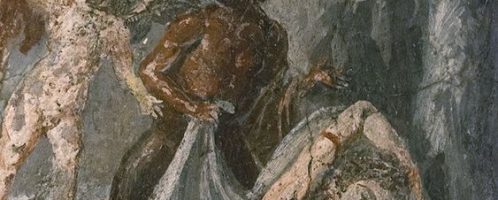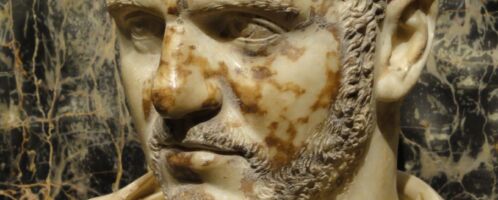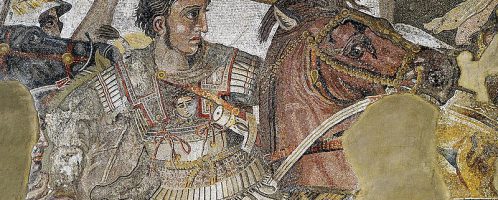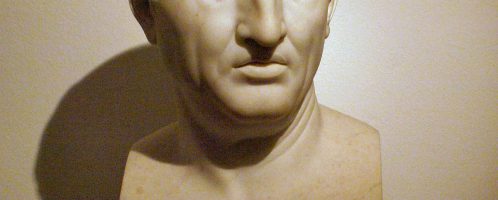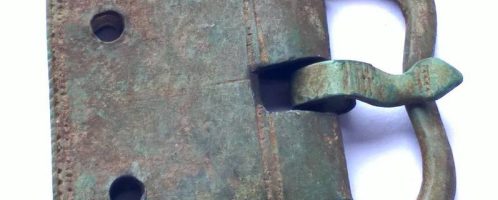If you have found a spelling error, please, notify us by selecting that text and pressing Ctrl+Enter.
Curiosities of ancient Rome
The world of ancient Romans abounded in a number of amazing curiosities and information. The source of knowledge about the life of the Romans are mainly works left to us by ancient writers or discoveries. The Romans left behind a lot of strange information and facts that are sometimes hard to believe.
Caracalla not so bad?
Emperor Caracalla reigning in the years 211-217 CE had a bad reputation among historians who were senators. It is mentioned that after the murder of his brother, the emperor let out a wave of terror against Geta’s followers, resulting in death of up to 20.000 people. Certainly, however, it should be emphasized that the son inherited from his father – Septimius Severus – commanding talent.
Herennius Etruscus and father
Herennius Etruscus was the elder son of Emperor Decius and ruled from May to June 251 CE. From the beginning of the reign of Herennius, the gothic tribes (under the so-called Kniva) crossed the Danube and looted Moesia and Dacia. An expedition of 20,000 Romans was organized against the invaders, in which father and son took part.
Alexander the Great was worshiped
Alexander the Great and his conquests have always passed into the memory of posterity. Ancient Romans were a people who very often referred to the feats of the Macedonian leader – especially the generals.
Roman belt buckle
Roman belt buckle. Object is made of bronze and dated back to 3rd-4th century CE. It was found in large Roman villa rustica in Ćelije near Lajkovac (central Serbia).

